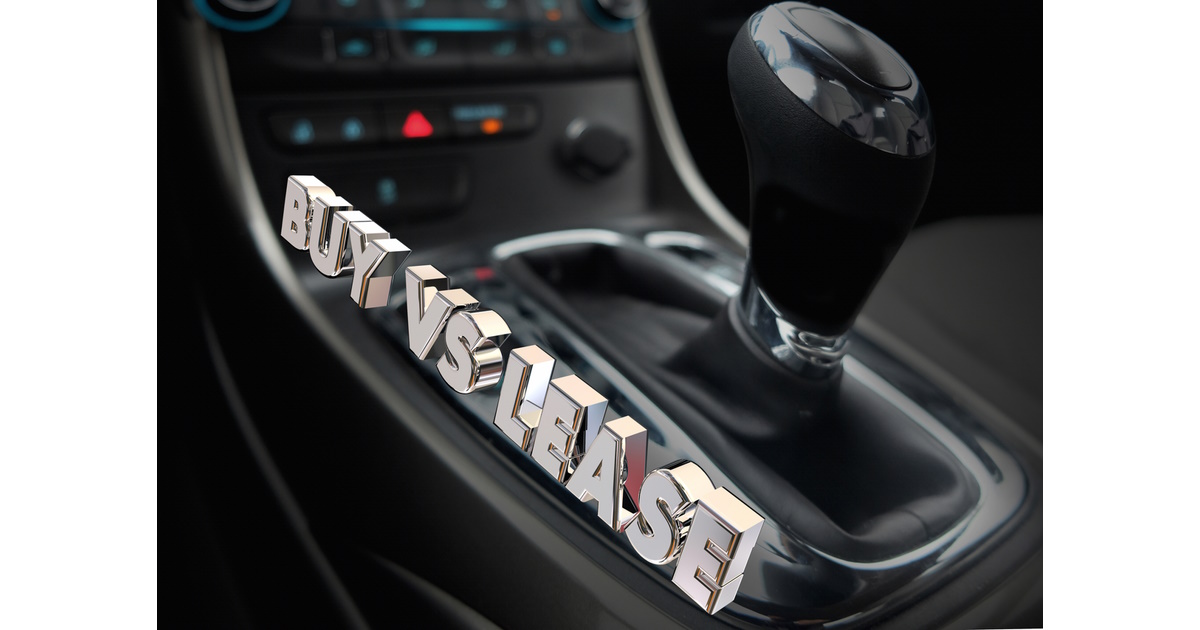When it comes to purchasing a new car, there are two primary options available to most car buyers: New Car Financing versus Leasing. Both options have their advantages and disadvantages, and the choice between the two ultimately comes down to your driving habits, personal preference, and financial circumstances. Here, we will compare the advantages and disadvantages of both leasing and financing a new car.
Leasing a New Car
Leasing a new car involves paying a monthly fee for a fixed period of time, usually two to three years, in exchange for the right to use the car. At the end of the lease term, the lessee returns the car to the dealer and has the option to lease another new car or purchase the leased used car at a predetermined price.
New Car Leasing Advantages:
- Lower monthly payments: Since you are only paying for the use of the car, rather than the entire purchase price, monthly lease payments are typically lower than loan payments for a similar car.
- Lower upfront costs: Most leases require little or no down payment, making it easier to get into a new car without having to come up with a large sum of money upfront.
- Lower repair costs: Since the car is usually under warranty for the entire lease term, repair costs are typically covered by the manufacturer.
- Ability to drive a new car every few years: Leasing allows you to drive a new car every few years, which can be appealing to those who enjoy having the latest and greatest technology and features in their car.
- No negative equity: At the end of the lease term, you won’t have negative equity.
New Car Leasing Disadvantages:
- Mileage restrictions: Most leases come with mileage restrictions, typically around 12,000 miles per year. Exceeding these limits can result in significant fees.
- Limited customization options: Since you don’t own the car, you are limited in how much you can customize it.
- No equity: At the end of the lease term, you don’t own the car and have no equity to show for your payments.
- Credit Rating: If you have a bad credit score leasing may not be an option, if it is you may be forced to pre-pay the entire lease upfront.
Financing a New Car
Financing a new car involves paying cash or taking out a loan to purchase the car, which is paid off over a set period of time, usually five to seven years. Once the loan is paid off, you own the car outright and, if financed, you have no further payment obligation.
New Car Financing Advantages:
- Ownership: Once you pay off the loan, you own the car outright and can keep it as long as you like.
- No mileage restrictions: Since you own the car, there are no mileage restrictions or fees for exceeding them.
- Customization options: Since you own the car, you can customize it however you like.
- Ability to build equity: As you make loan payments, you build equity in the car, which you can use as a down payment on a future car purchase or trade-in. Typically equity is built on the second half of the loan obligation.
- Credit Rating: If you have a low credit score many lenders offer bad credit new car loans.
New Car Financing Disadvantages:
- Higher monthly payments: Since you are paying for the entire purchase price of the car, rather than just the use of it, monthly car loan payments are typically higher than lease payments for a similar car.
- Higher upfront costs: Most loans require a down payment, which can be a significant upfront cost.
- Higher repair costs: Once the car is no longer under warranty, repair costs can be significant and are the responsibility of the owner.
- Depreciation: Cars are a depreciating asset, which means that the value of the car will decrease over time. This can result in owing more on the loan than the car is worth, which can make it difficult to sell or trade-in the car.
New Car Lease vs Finance Side by Side Comparison:
| Leasing a new car | Financing a new car | |
|---|---|---|
| Ownership | The car belongs to the leasing company | The car belongs to the buyer |
| Monthly Payments | Lower monthly payments than financing | Higher monthly payments than leasing |
| Down Payment | Typically lower than financing | Typically higher than leasing |
| Mileage | Limited mileage per year, excess mileage fees apply | No restrictions on mileage |
| Wear and Tear | Charges may apply for excessive wear and tear | Buyer is responsible for wear and tear |
| Customization | Limited customization options | Full customization options |
| End of Term | Return the car or buy it at the end of the lease term | Keep the car or sell it at the end of the loan term |
| Resale Value | No ownership, no resale value | Owner can sell the car and recoup some of the cost |
| Flexibility | Limited flexibility to change cars during the lease term | More flexibility to sell or trade-in the car during the loan term |
| Credit Score | May require a higher credit score than financing | May require a lower credit score than leasing |
Overall, leasing a new car offers lower monthly payments, lower down payments, and limited customization options but with a limited mileage allowance and extra fees for wear and tear. Financing a new car offers the buyer ownership, customization options, and no mileage restrictions but higher monthly payments and a higher down payment.
